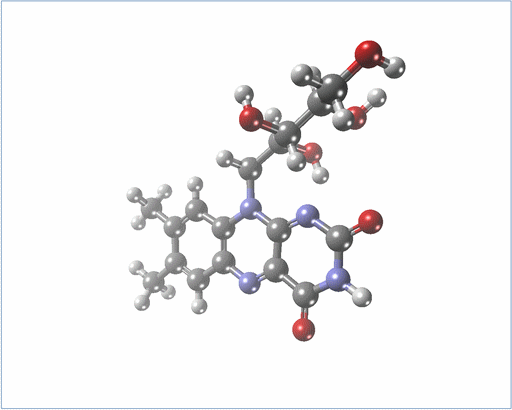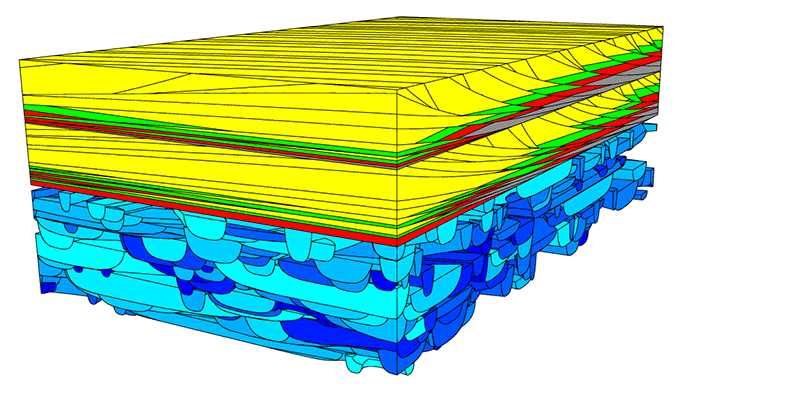_ Section of the simulation process in (electrical nanoparticles)
Investigating (electrical nanoparticles) in the performance of nano dielectric material and surrounding environment of LSPR energy
Researcher and author: Dr. ( Afshin Rashid)
_yg01.gif)
Note: LSPR energy is sensitive to the dielectric performance of the material and the surrounding environment, shape and size of nanoparticles. That is, if a ligand such as a protein is attached to the surface of metal nanoparticles, its LSPR energy changes. Similarly, LSPR effects are sensitive to other changes, such as the distance between nanoparticles, which can be changed by the presence of surfactants or ions.
One of the consequences of the LSPR effect in metal nanoparticles is the ability to absorb visible waves due to the coherent oscillations of plasmons. Colloids of metal nanoparticles such as silver or gold can display colors such as red, purple or orange that cannot be seen in normal dimensions. This color change depends on the shape, size and surrounding environment of silver nanoparticles. In the structure of nano-optical sensors, one of the nano-properties that distinguish metal nanoparticles from these large-scale materials is their optical properties. This is due to the localized surface plasmon resonance. In simpler words, when light hits (metal surfaces) with any sizes, some light waves along the metal surfaces by creating surface plasmon, in fact, these waves give part of their energy to the surface electrons and lead to their vibration (scattering). ) are

When plasmons are generated in bulk metals, electrons can move freely through the material without recording any traces. In nanoparticles, the surface plasmon is placed in a limited space, so that the electrons oscillate back and forth in this small space and in the same direction. This effect is called Localized Surface Plasmon Resonance (LSPR), when the frequency of these oscillations is the same as the frequency of the light causing the plasmon, it is said that the plasmon is in resonance with the light.

Light absorption also occurs in normal materials that have a continuous energy band, and electrons are transferred from the valence band to the conduction band, although here thermal energy can also cause electrons to be excited to the conduction band. Nanoparticles, like atoms, have discrete energy levels. Therefore, nanoparticles are also called artificial atoms. Also, nanoparticles below 01 nm, especially semi-conducting nanoparticles, are called quantum dots. By changing the size of nanoparticles, the distance between the energy levels in them changes. The smaller the size of the nanoparticles, the greater the distance between the energy levels and the forbidden band, and the larger the size of the particles, the smaller the distance between the energy levels. This point makes it possible to adjust the distance between their energy levels by changing the size of nanoparticles so that they absorb certain waves. For example, the dimensions of nanoparticles of a certain type can be adjusted so that they absorb infrared, ultraviolet, radio waves, etc. This feature is widely used in the military and electronic industries.
Conclusion:
LSPR energy is sensitive to the dielectric performance of the material and the surrounding environment, shape and size of nanoparticles. That is, if a ligand such as a protein is attached to the surface of metal nanoparticles, its LSPR energy changes. Similarly, LSPR effects are sensitive to other changes, such as the distance between nanoparticles, which can be changed by the presence of surfactants or ions.
Researcher and author: Dr. ( Afshin Rashid)
Specialized doctorate in nano-microelectronics


